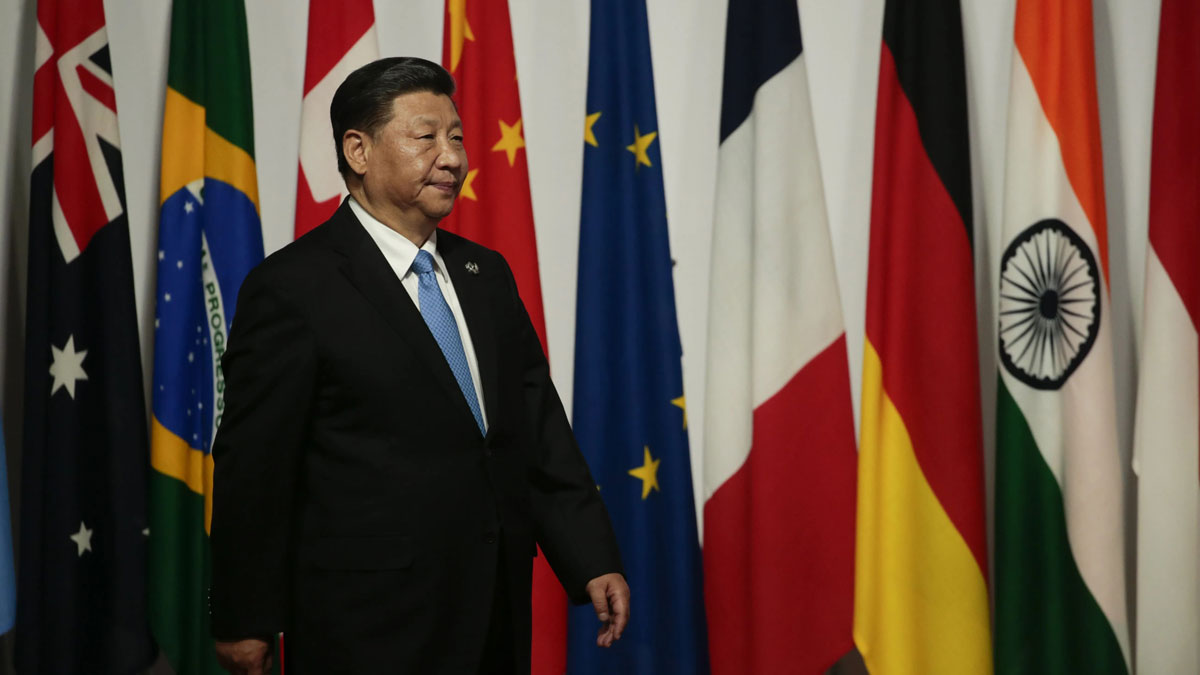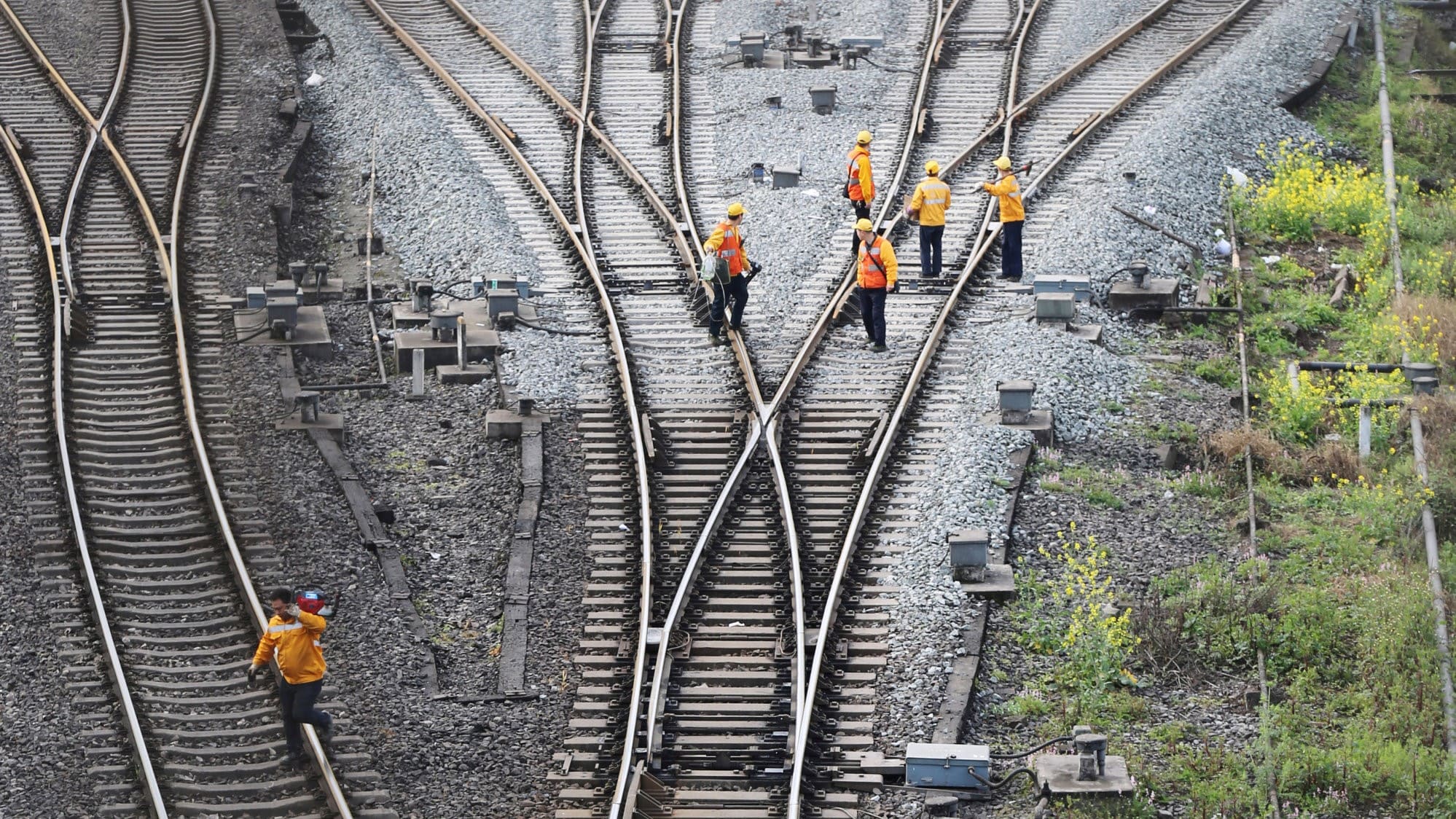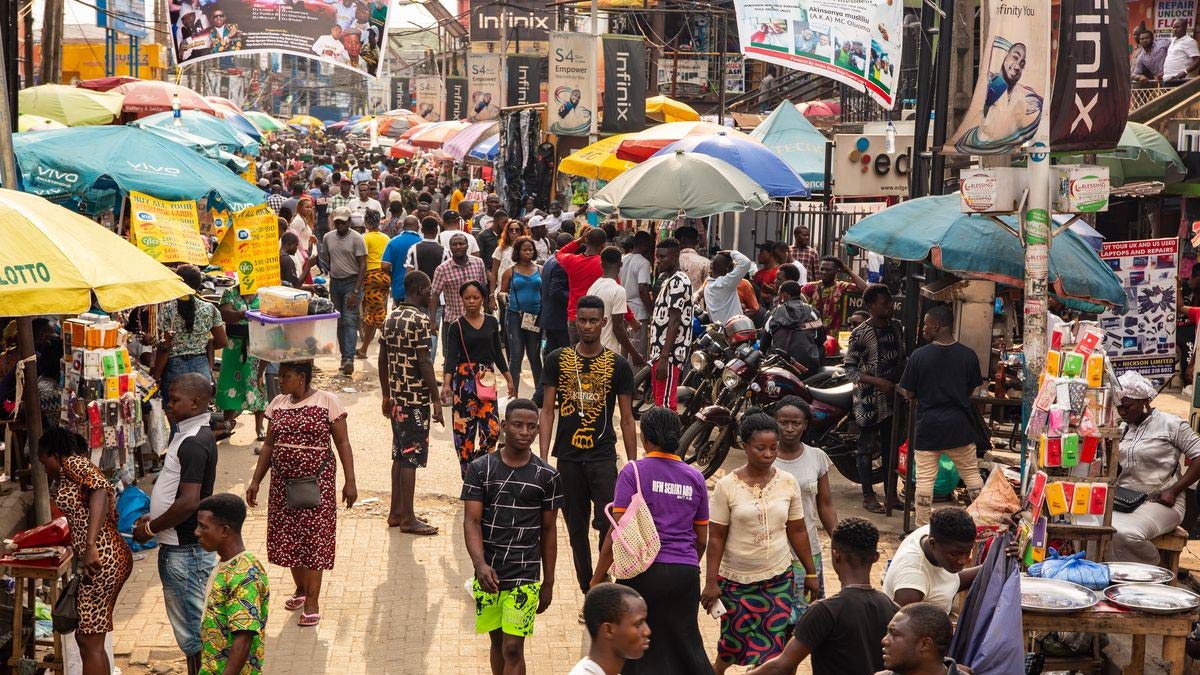Published 27 February 2024
In keeping with China's goal of national rejuvenation, the BRI was designed to further the country's strategic objectives to internationalize China's excess savings and reshape global infrastructure and connectivity largely on China's terms. As China enhances its own ability to influence trading partners, the BRI also helps reduce China's susceptibility to foreign statecraft.
If the primary policy goal of China's Party-State is the fulfilment of the "China Dream" or "National Rejuvenation", what does this reveal about the objectives of BRI? Understanding China's objectives and priorities for BRI, and indeed its broader economic engagement with the world, is crucial to understanding whether a policy response from other powers is desirable or warranted, and what form such a response should take.
China's public diplomacy has focused on emphasising the "Five Connects" as forming the substance of BRI and its objectives. As Liao Fan, professor of law at the Institute of International Law at the Chinese Academy of Social Sciences, puts it in an article for the statecontrolled media platform CGTN, "Only through regular information exchange and policy consultation can the participants align their economic growth strategies, macro-economic policies and national development plans."
BRI makes virtue out of necessity. China saves domestically more than it invests domestically and must therefore export its excess savings. Prior to BRI, China accumulated foreign exchange reserves. Since BRI, China has exported its savings through outbound foreign direct investment (FDI) and overseas lending.
The inception of BRI followed both the global financial crisis and the eurozone crisis that led many observers to believe that China's main export markets were likely to be sluggish for years. China's post-GFC economic stimulus focused heavily on the building of domestic infrastructure. This led to a rapid expansion of the construction industry and related supply chain. However, the economic benefits of this infrastructure program clearly delivered diminishing returns, as China's capital-output ratio deteriorated.
BRI coincided with two other policy initiatives "Made in China 2025" announced in 2015, and "China Standards 2035", announced in 2018. "Made in China 2025" (MIC25) is a national strategic plan to develop national champions in the "industries of the future" to secure Chinese leadership and self-sufficiency in advanced manufacturing and technology.
Stewart Paterson unpacks the goals of China's strategy of global infrastructure investment in this second in a new series on China's BRI.
© The Hinrich Foundation. See our website Terms and conditions for our copyright and reprint policy. All statements of fact and the views, conclusions and recommendations expressed in this publication are the sole responsibility of the author(s).







